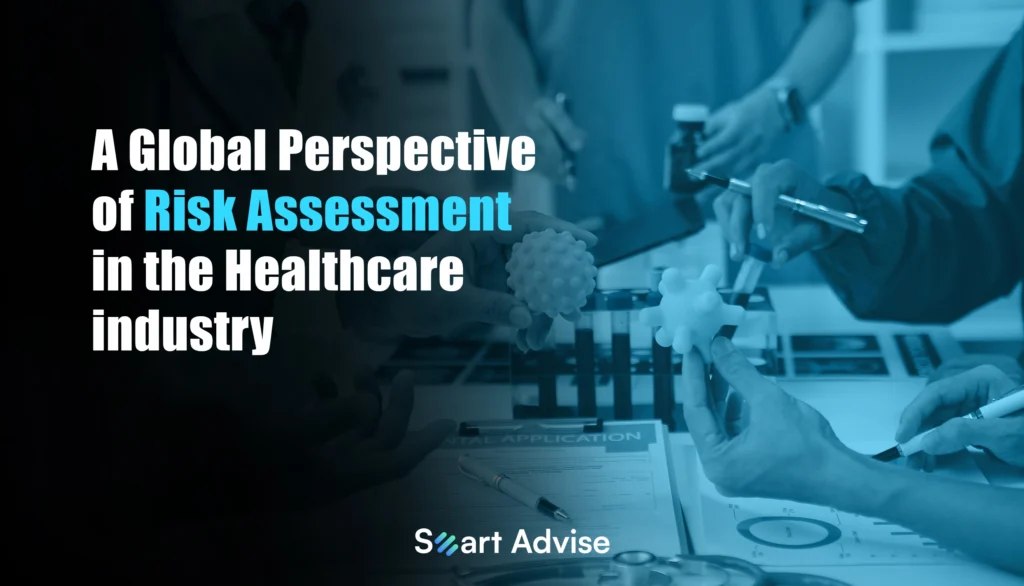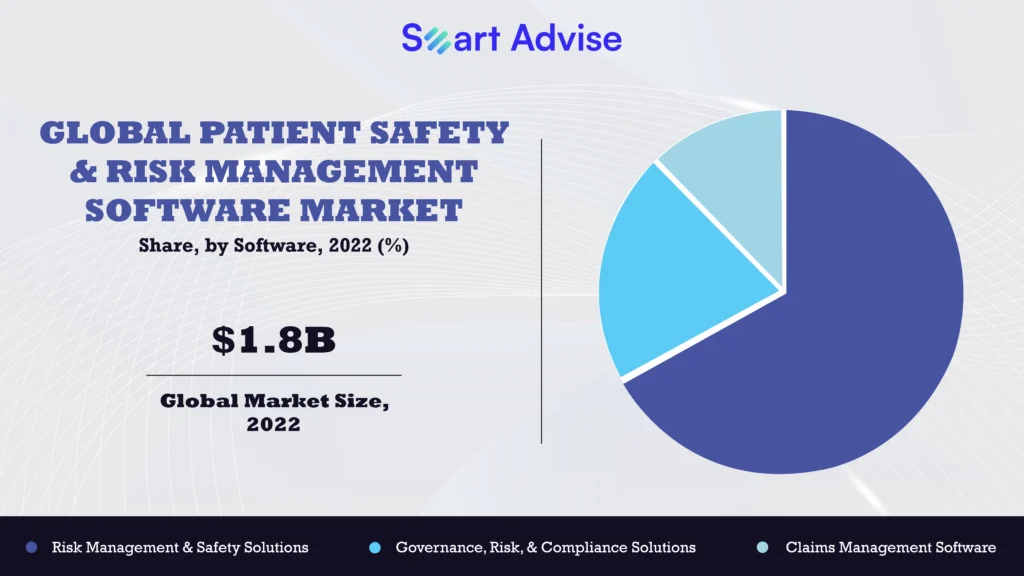
Healthcare businesses lost $7.1 million on average. Within the complicated complexity of the medical care system, this figure solely concerns data security
Any damage to healthcare systems can have a proportional impact on every possible industry. We’ve experienced it during the pandemic, and it has changed many things like how the industry operates and coordinates. The interconnectedness of the global healthcare ecosystem means that disruptions, whether from cyber threats, pandemics, or regulatory challenges, send shockwaves across borders, affecting not just patient care but also the entire fabric of economies. So, it becomes apparent that safeguarding the integrity and functionality of healthcare systems is not only a matter of public health but a linchpin for the stability and resilience of societies worldwide. Here ahead we are going to discuss the same.
Understanding the Landscape
The healthcare industry is a multifaceted and dynamic ecosystem that encompasses a wide range of stakeholders, including healthcare providers, pharmaceutical companies, insurers, regulatory bodies, and patients. Each of these entities faces unique risks, both internal and external, that can significantly impact the overall stability and functionality of the healthcare system.
One of the primary challenges in the global medical service sector is the increasing prevalence of cyber threats. The digitization of health records and the integration of technology into medical devices have created new vulnerabilities that malicious actors can exploit. Cybersecurity risks not only jeopardize patient data confidentiality but also pose a direct threat to the integrity of medical equipment and the delivery of health services.
Pandemics, such as the one witnessed with the global spread of COVID-19, highlight another dimension of risk in the medical sector. The rapid transmission of infectious diseases across borders underscores the need for a coordinated international response to prevent, detect, and control outbreaks. The interconnected nature of the modern world necessitates a global perspective on risk assessment to effectively manage and mitigate the impact of such global health crises.
Key Dimensions of Risk Assessment
Cybersecurity Risks : The increasing reliance on digital platforms and electronic health records has made the wellness industry a lucrative target for cybercriminals. Breaches not only compromise patient confidentiality but can also disrupt critical medical assistance services. In 2020, the average cost of a healthcare data breach increased to $7.1 million, as reported by IBM. A global perspective on cybersecurity risk assessment involves collaboration between countries to share threat intelligence, establish common cybersecurity standards, and implement robust protective measures.
Pandemic Preparedness : The COVID-19 pandemic exposed vulnerabilities in global medical systems, highlighting the need for improved pandemic preparedness and response mechanisms. A comprehensive risk assessment should involve evaluating the resilience of medical infrastructure, ensuring adequate stockpiles of medical supplies, and establishing international cooperation frameworks for timely information sharing and resource allocation during pandemics. Also, it had a great impact on world economy, as World Bank reported that global economic contraction of 5.2% in 2020 due to the COVID-19 pandemic, emphasizing the profound economic impact of medical crises.
Regulatory Compliance : Regulatory compliance is a crucial aspect of risk assessment in clinical care. Divergent regulatory frameworks across countries can create compliance challenges for multinational medical organizations. A global perspective requires harmonizing regulatory standards, streamlining compliance processes, and fostering cross-border cooperation to ensure a consistent and effective approach to risk management.
Supply Chain Risks : The global nature of pharmaceutical and medical supply chains introduces inherent risks, such as disruptions due to geopolitical events, natural disasters, or supply chain vulnerabilities. A robust risk assessment strategy involves diversifying supply sources, implementing contingency plans, and fostering international collaboration to address supply chain challenges and ensure the continuous availability of critical wellness resources.
Technological Innovation : The rapid pace of technological innovation in clinical research introduces both opportunities and risks. While advancements such as telemedicine and artificial intelligence enhance medicine delivery, they also bring ethical, legal, and security considerations. A global perspective on risk assessment involves developing international frameworks for the ethical use of emerging technologies, establishing interoperability standards, and addressing potential risks associated with the adoption of new technologies.
Taking all the above-mentioned factors into consideration, there has been significant investment in Patient Safety and Risk Assessment Software, as shown below.

(Source: GVR)
Strategies for Mitigating Global Healthcare Risks
International Collaboration : Effective risk management in the wellness industry requires a collaborative approach on a global scale. International organizations, governments, and stakeholders should work together to share best practices, coordinate responses to emerging threats, and establish mechanisms for information exchange. Platforms like the World Health Organization (WHO) play a crucial role in facilitating such collaboration.
Standardization of Practices : Standardizing practices and regulations across borders can streamline risk assessment processes and ensure a consistent approach to medical aid management. Developing common cybersecurity standards, regulatory frameworks, and quality assurance measures can improve the resilience of the systems and promote interoperability among different regions.
Investment in Technology and Infrastructure : Adequate investment in technology and infrastructure is essential to building resilient wellness systems. This includes upgrading cybersecurity defenses, implementing advanced data analytics for early detection of potential threats, and investing in telehealth infrastructure to enhance medical accessibility while mitigating risks associated with physical interactions during pandemics.
Education and Training : Medical professionals and stakeholders need to be well-informed and trained to address the evolving risks in the industry. Educational programs on cybersecurity best practices, pandemic preparedness, and compliance requirements should be accessible globally. This not only enhances the capability of medical personnel but also fosters a culture of vigilance and proactive risk management.
Concluding Remark,
In conclusion, it is crucial to adopt a global perspective on risk assessment in the wellness industry, considering the intricate challenges posed by technological advancements, pandemics, and evolving regulatory landscapes. By understanding the various dimensions of risk and implementing strategies for mitigation, the global medical community can build resilient systems that ensure the delivery of high-quality healthcare services while safeguarding patient data and public health. Key pillars for achieving this include international collaboration, standardization of practices, investment in technology, and a continuous commitment to education. As the world becomes increasingly interconnected, a unified and proactive approach to risk assessment becomes indispensable for securing the future of healthcare on a global scale. Connect with Smart Advise now form more distinct insight!